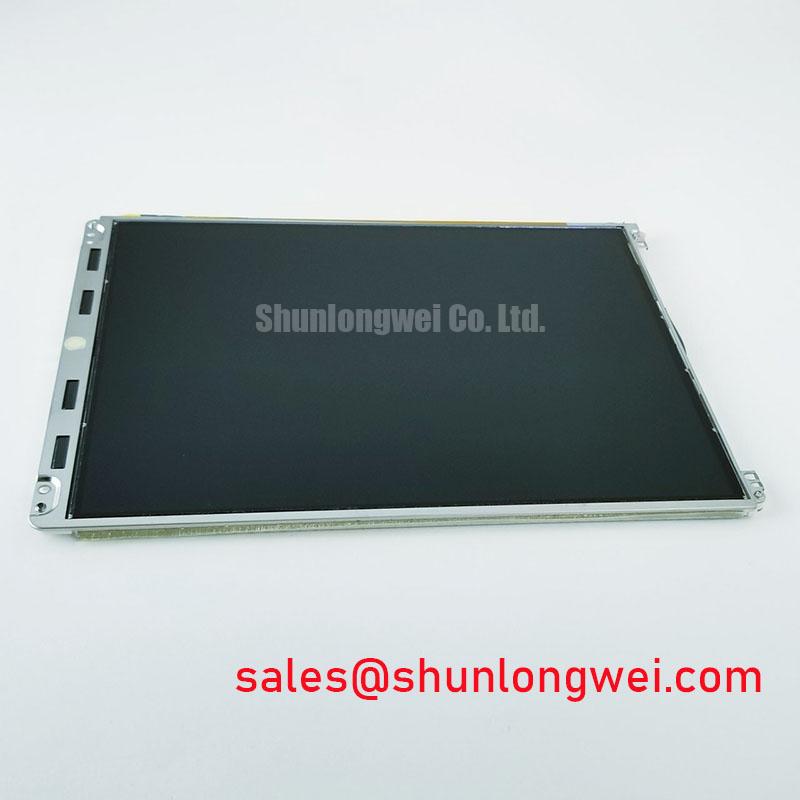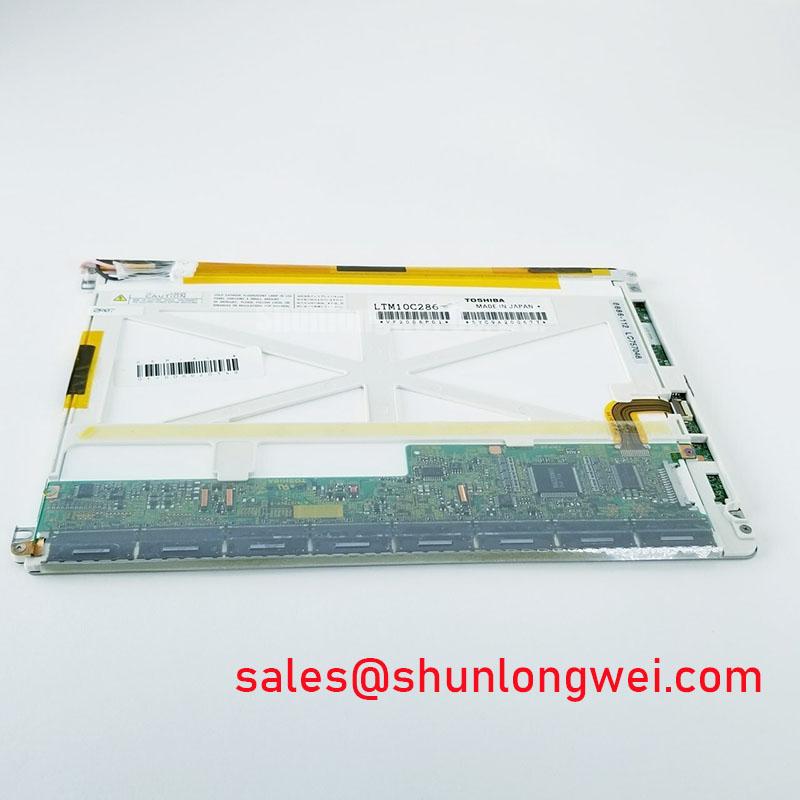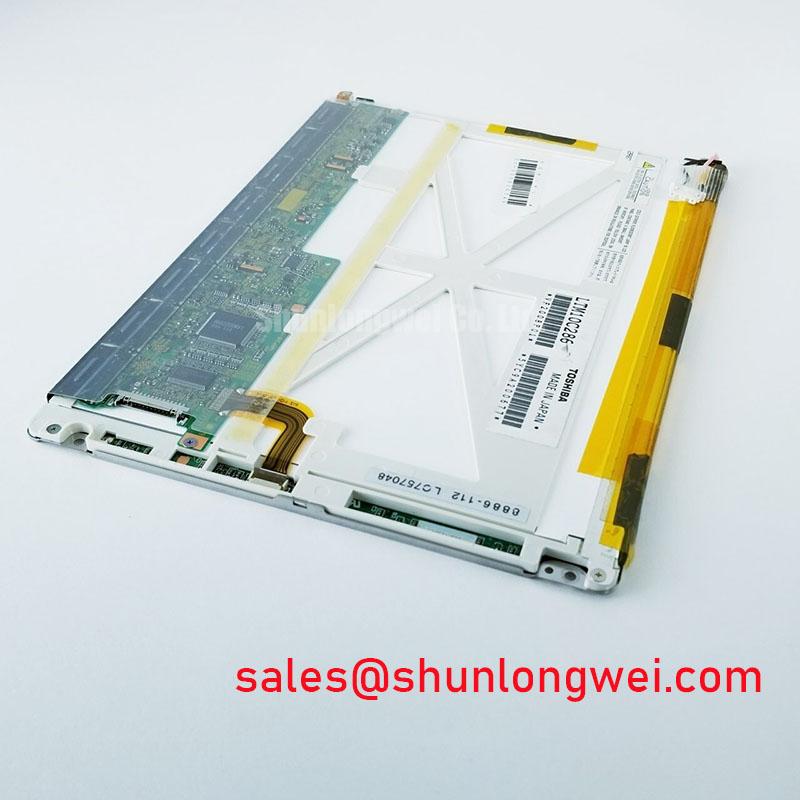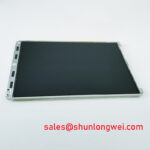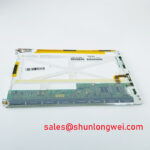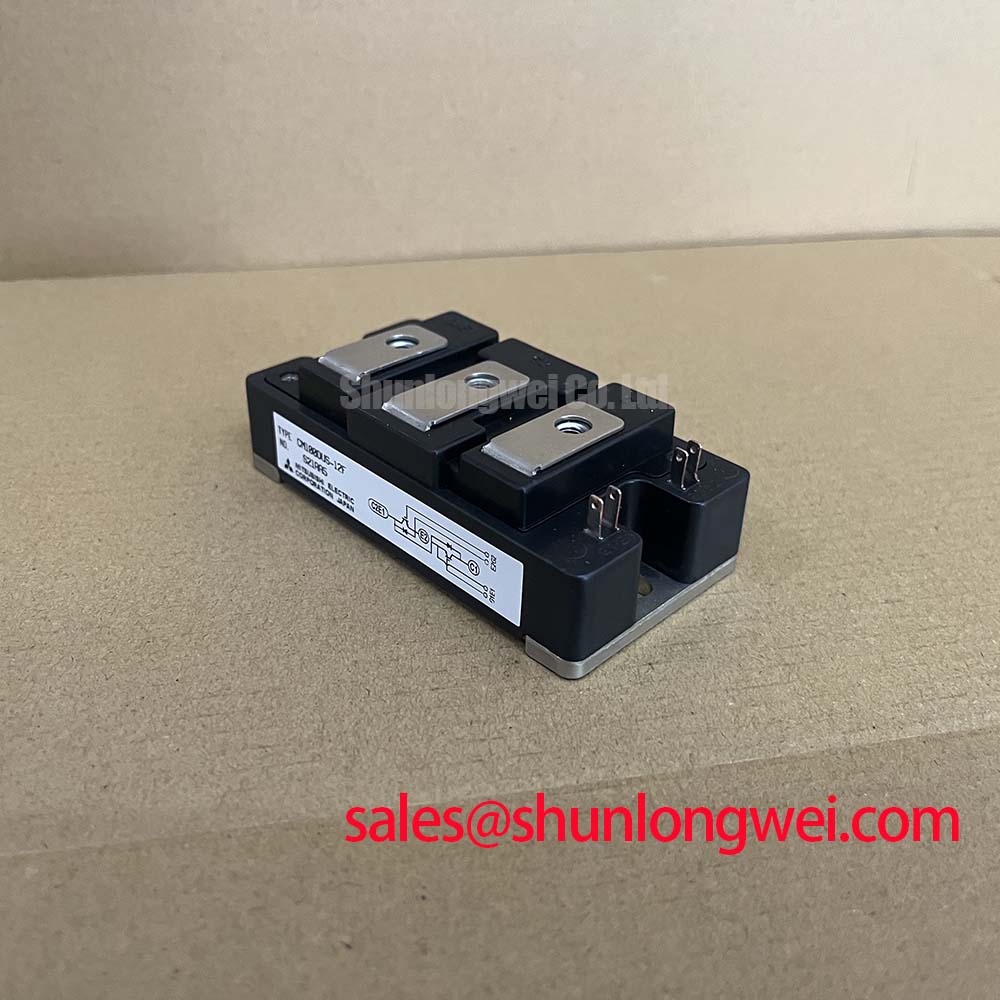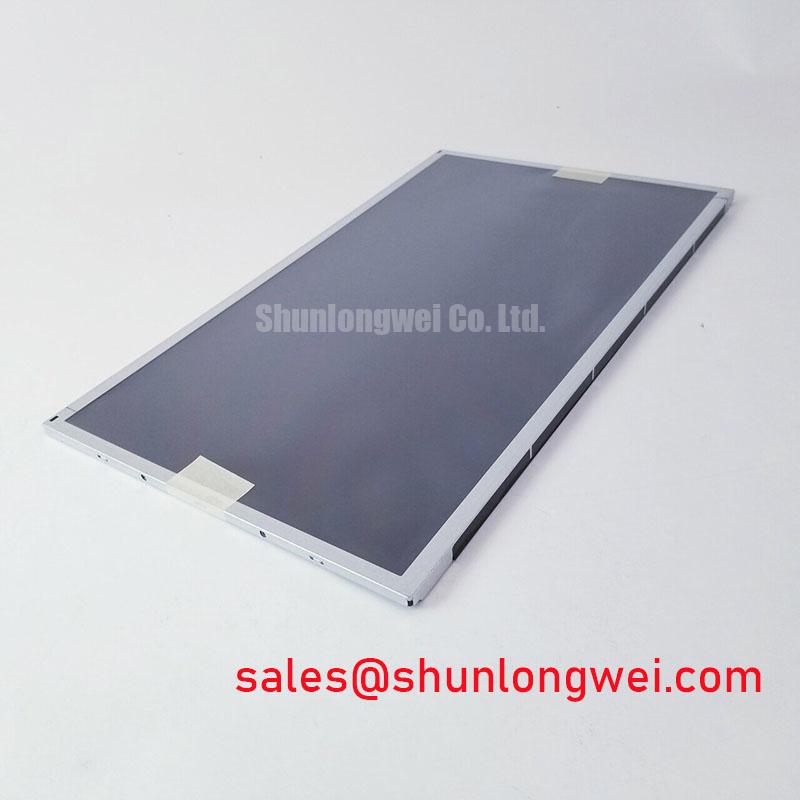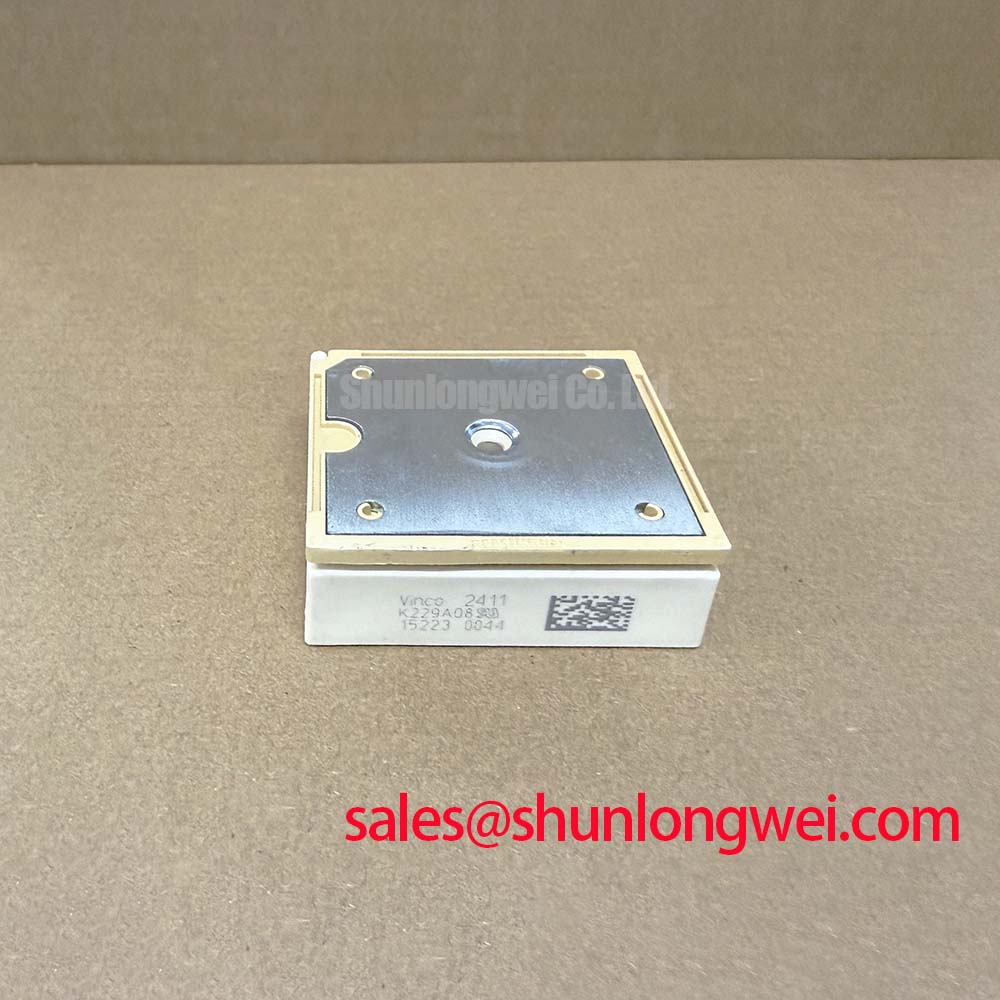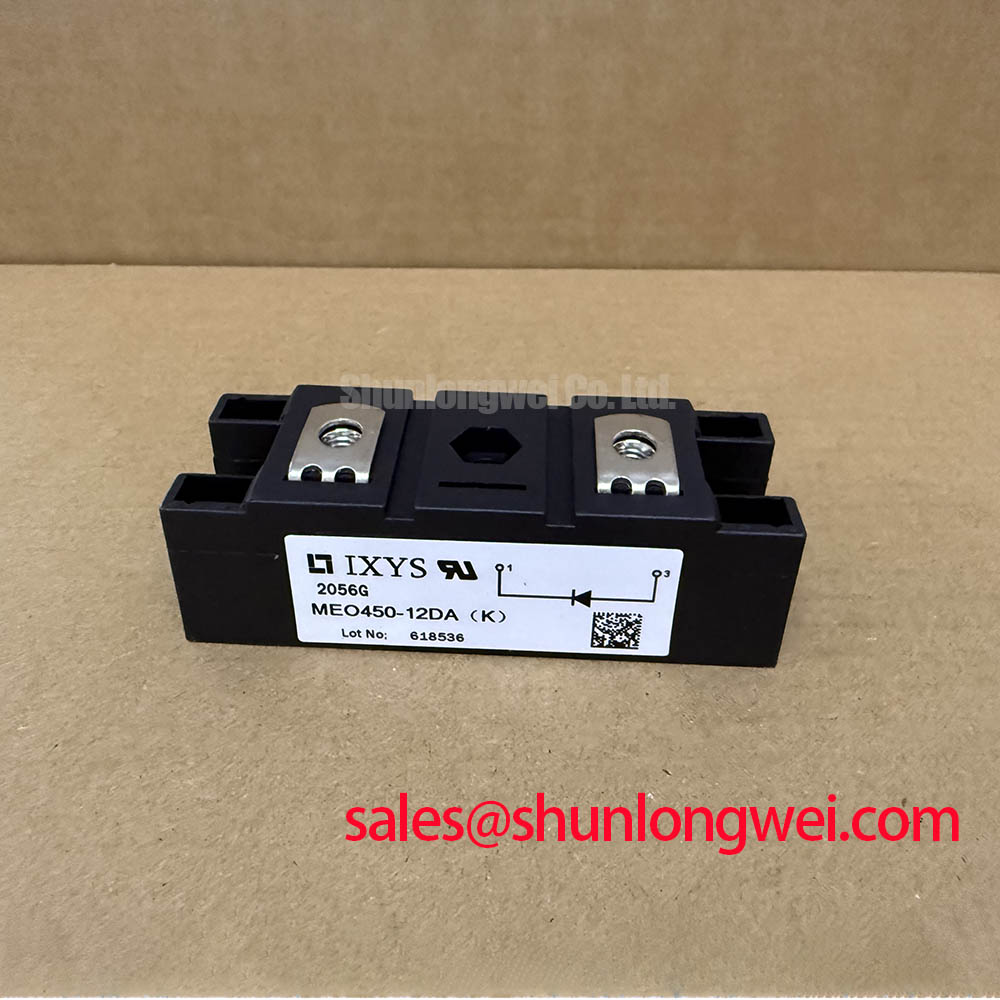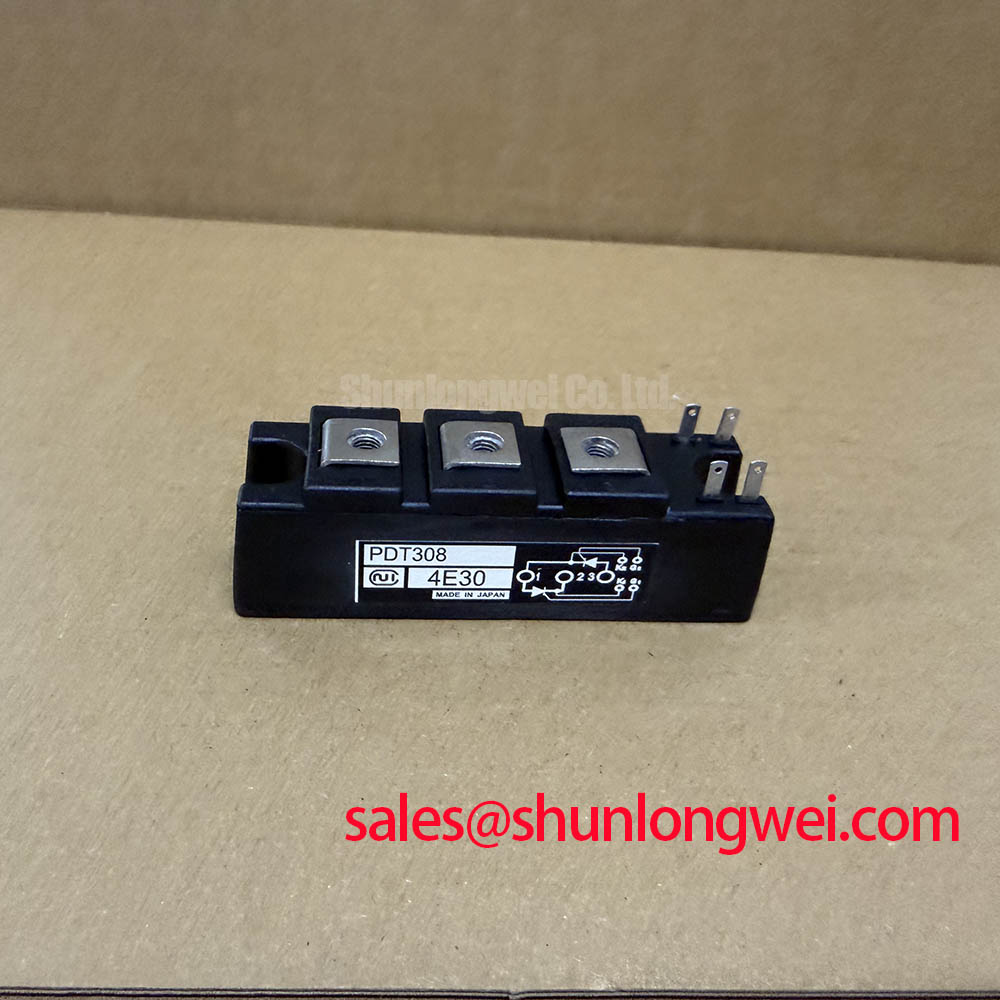LTM10C286: Technical Product Analysis of the 10.4-inch XGA TFT-LCD Module
Engineering Insights into a High-Clarity Industrial Display
Content last revised on October 10, 2025.
The Toshiba LTM10C286 is an a-Si TFT active matrix display engineered to deliver high-resolution visuals within a compact, integration-focused package. This module’s design directly addresses the need for detailed graphical interfaces in space-constrained industrial equipment. With its native XGA resolution of 1024x768 pixels, a typical power consumption of just 4.9W, and an integrated backlight inverter, it offers a streamlined solution for system developers. Key benefits include simplified system design and enhanced visual clarity for complex data. The module effectively answers the engineering challenge of upgrading legacy systems by providing a high-detail display that minimizes power and integration complexity. For space-constrained industrial control panels requiring a clear data display with minimal integration overhead, the LTM10C286 is an efficient design choice.
Application Scenarios & Value
System-Level Benefits in Industrial HMI and Control Systems
The LTM10C286 is optimized for applications where information density and ease of integration are critical design drivers. Its feature set makes it a strong candidate for deployment in a range of industrial and medical environments.
A primary high-fidelity engineering scenario is the upgrade of legacy process control systems or machine tools that currently use lower-resolution SVGA (800x600) panels. The critical challenge in such upgrades is often the need to display more complex diagnostic data and intuitive graphical user interfaces (GUIs) without altering the existing physical enclosure. The LTM10C286's 10.4-inch form factor with XGA resolution provides a 60% increase in pixel count over SVGA, allowing for finer text, more detailed schematics, and richer on-screen controls. The integrated backlight inverter and standard LVDS Interface are crucial, as they significantly reduce the need for redesigning the system's internal power delivery and data cabling, accelerating time-to-market for the retrofitted equipment. What is the primary benefit of its integrated inverter? It simplifies system power design and reduces component count.
- Industrial Automation: Ideal for Human-Machine Interface (HMI) panels and operator consoles connected to PLCs, where its XGA resolution can clearly render process flows and system alarms.
- Medical Diagnostic Equipment: Suitable for patient monitoring systems and diagnostic imaging displays that require crisp, reliable visuals in a compact footprint.
- Test & Measurement Instruments: Enables portable and benchtop oscilloscopes, spectrum analyzers, and other devices to display detailed waveforms and measurement data with high precision.
While the LTM10C286 provides excellent detail with its XGA resolution, for applications where cost-sensitivity is paramount and a simpler GUI is sufficient, a related SVGA panel like the G104S1-L01 could be considered.
Key Parameter Overview
Highlighted Specifications for System Design
The technical specifications of the LTM10C286 are centered on delivering a balance of performance, low power consumption, and integration-friendly features. The following table highlights the key parameters that directly influence system design and final application performance.
| Parameter | Specification | Engineering Significance |
|---|---|---|
| Display Technology | 10.4" a-Si TFT-LCD | Provides a proven, reliable active-matrix display for industrial use. |
| Resolution | 1024 (RGB) x 768 pixels (XGA) | Enables high-density information display, critical for modern graphical interfaces and detailed text. |
| Luminance | 200 cd/m² (Typical) | Suitable for typical indoor industrial and controlled-light environments. |
| Contrast Ratio | 300:1 (Typical) | Ensures clear differentiation between light and dark content for good readability. |
| Power Consumption | 4.9 W (Typical) | Minimizes thermal load, enabling passively cooled or sealed enclosure designs and reducing operational costs. |
| Interface | 1ch LVDS | Simplifies cabling, reduces EMI, and allows for greater distance between the display and the driver board. |
| Backlight System | 1 CCFL with Built-in Inverter | Reduces external component count and simplifies the system's power architecture. |
| Operating Temperature | 0°C to +50°C | Appropriate for use in factory floors and control room environments. |
| Outline Dimensions | 243.0(W) x 185.1(H) x 11.0(D) mm | A standard 10.4-inch footprint with a slim profile for easy mechanical integration. |
This data is for reference only. For detailed specifications, operating characteristics, and performance curves, please consult the official documentation.
Download the LTM10C286 datasheet for detailed specifications and performance curves.
Frequently Asked Questions (FAQ)
What is the primary engineering benefit of the LTM10C286's integrated CCFL inverter?
The integrated inverter is a key design feature that simplifies system development. It eliminates the need for an external high-voltage board to power the CCFL backlight. This reduces the bill of materials (BOM), saves valuable PCB space, simplifies wiring, and removes a potential source of electromagnetic interference (EMI), leading to a faster and more robust design cycle for an Industrial PC or HMI system.
How does the LVDS interface on the LTM10C286 contribute to a more robust system design compared to a parallel RGB interface?
The Low-Voltage Differential Signaling (LVDS) interface uses a small number of twisted-pair wires to transmit data at high speeds. This approach offers superior noise immunity compared to older parallel interfaces, which require many single-ended traces that are more susceptible to interference. The result is a more reliable video signal, especially over longer cable runs within a machine, contributing to a more robust and EMI-compliant end product.
Is the 200 cd/m² brightness of the LTM10C286 suitable for outdoor or direct sunlight applications?
No, a typical luminance of 200 cd/m² is engineered for indoor or controlled-light environments, such as factory control rooms or medical laboratories. For applications requiring direct sunlight readability, a display with a much higher brightness rating (typically 800 cd/m² or higher) and specialized optical treatments would be necessary. For more details on this topic, see our guide to sunlight-readable HMIs.
Technical Deep Dive
Accelerating Development with Integrated Design Features
A deeper analysis of the LTM10C286's architecture reveals a clear focus on simplifying the system integrator's task. The two most impactful features in this regard are the LVDS interface and the built-in inverter. Why is XGA resolution important in a 10.4-inch display? It allows for significantly more detailed GUIs and text clarity.
The move from parallel RGB to an LVDS interface represents a significant leap in design efficiency. Think of a parallel interface as a wide, 18- or 24-lane city street where every signal needs to arrive at the same time—it's complex to route and prone to "traffic jams" (signal skew) and noise. In contrast, the LVDS interface is like a high-speed, multi-level highway. It bundles the data into a few differential pairs, drastically reducing the wire count. This not only simplifies the physical cable and connector but, more importantly, reduces EMI emissions—a critical consideration for achieving certifications like FCC or CE in complex industrial machinery.
Combined with the integrated backlight inverter, the LTM10C286 presents a near "plug-and-play" solution from a hardware perspective. The design team is freed from the complexities of specifying, sourcing, and validating a separate high-voltage inverter, which often involves nuanced considerations of connector compatibility, input voltage, and dimming control. By integrating this function, the LTM10C286 allows engineers to focus their resources on software development and application-level features rather than on the low-level details of driving the display panel itself.
This strategic integration underscores a design philosophy aimed at reducing non-recurring engineering (NRE) costs and shortening the development timeline, providing a tangible competitive advantage for equipment manufacturers.

